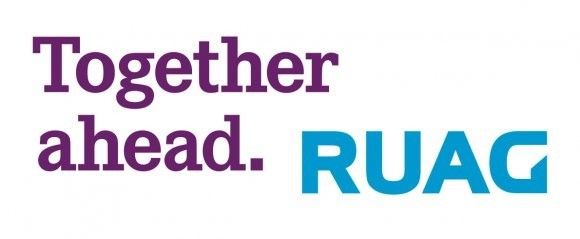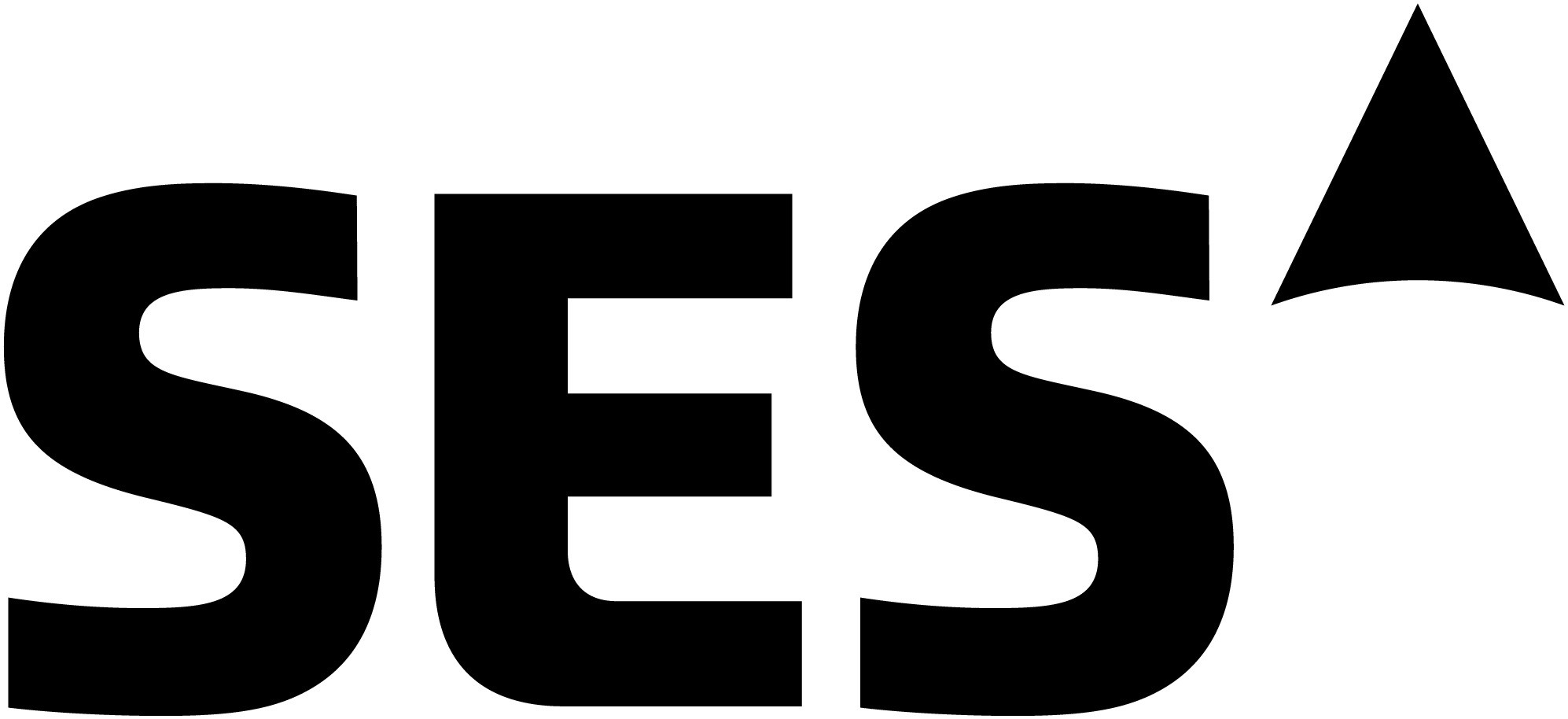
-
StatusCompleted
-
Status date2020-06-12
-
Activity Code7C.005
This project was aimed at the development of low-profile and low-cost hybrid mechanical-electronic steerable antenna concepts that will allow reception of the signal transmitted by Ku-band geostationary satellites to cars and other vehicles.
The activity is driven by the emergence of novel mobile multimedia applications requiring high quality services and global coverage, which needs antennas that can be mounted on vehicles without affecting their aerodynamic and aesthetic profile.
The project focused on the development of two prototypes.
The Large aperture antenna (LAA) is able to receive the actual DVB-S system in a mobile environment. This antenna can replace the normal parabolic dishes and receive the same programs. This antenna is compatible with existing SAT receivers and has a size of about 60 cm of diameter for 7 cm of thickness.
The Small Aperture Antenna (SAA) is suitable for the reception of the new Ku-band mobile system, developed by SES Global and other industries, targeting multimedia broadcasting and podcasting to vehicles. This antenna can be used only in combination with a new type of receiver specifically dedicated to this service (http://telecom.esa.int/mobilekureceiver). The target maximum size is 20 cm of diameter and 4 cm of thickness.
The main challenges addressed in this activity are the following:
- Minimisation of the antenna thickness
This has been achieved thanks to the electronic steering (no vertical movements), the custom design of a very thin rotary joint and mechanical structure. - Low cost production and assembly
The array design allows to minimise the number of electronic components with respect to canonical active phased array design. All the antenna components have been optimised to reduce the production cost and several assembly steps are suitable for automated processes. - Reduction of the antenna size
Obtained thanks to the implementation of active elements, which maximise the efficiency of the antenna.
This activity has allowed to develop and validate an innovative antenna architecture for satellite communications on the move.
The developed antennas have several major advantages and in particular:
- A small thickness (less than 7 cm) allowing the installation in fast moving vehicles with minimum drag, noise and visual impact.
- High reliability thanks to the electronic steering that reduces the mechanical movements Low-cost allowing the application of the products to consumer market.
- High radiation efficiency maximising the G/T of the antenna and hence minimising the required size.
- Dual linear polarisation with electronic agility to to cope with polarisation rotation due to geographical displacements and vehicle movements.
- Large bandwidth covering the complete Ku receive band from 10.7 to 12.75 GHz.
Thanks to these attributes, the HiSat antennas have a competitive edge with respect to other existing commercial solutions. The combined form factor, reliability and cost will allow to increase the application of Ku-band satellite communications systems in several market segments.
The developed antenna architecture is based on a hybrid electronic and mechanical beam steering. With this configuration the beam of the antenna is oriented electronically (no physical movements) along the elevation and polarisation axes, while is rotated mechanically in azimuth. The antenna has an embedded automatic tracking system based on electronic gyroscopic sensors and the monitoring of the received signal (closed loop).
The radiating aperture is based on an array of elements subdivided in parallel rows. The elements have a dual linear polarisation configuration allowing the application of the antenna to both linearly or circularly polarised systems.
The elements integrate low-noise amplifiers to maximise the efficiency of the antenna. Each row of the array includes a custom MMIC phase shifter that enables the simultaneous control of the elevation and of the polarisation.
The antenna is composed by two main parts: the rotating part that contains the radiating aperture, the sensors, the Automatic Control Unit, the motor and the down converter from Ku to L-band and the fixed part that has the only function to allow the installation on the vehicle and to provide the connectivity for the receiver and power supply. The two parts are connected together by a mechanical bearing allowing the rotation of the upper part and a combined "RF rotary join & slip-ring" that ensures the communication of the RF signal, of the power supply for the electronic and the motor as well as a digital communication line for the debugging of the prototype.
The automatic tracking system is based on electronic inertial sensors aided by a closed loop monitoring of the satellite signal. This smart tracking function is able to continue to track the satellite position during long periods without signal, thus minimising the reacquisition time after signal blockage due to obstacles in the satellite line-of-sight.
The activity has been executed in three main phases:
Review of requirements and specifications and Baseline Design
Requirements will be review upon review of customer needs and final specifications will be set accordingly. The details of antenna architecture will be studied and traded-off in a Baseline Design of the LAA and SAA.
Antenna Prototypes Development and Validation
Development of antenna parts and integration of prototypes of the LAA and SAA. Test of the antennas.
Demonstration
Test of the complete antenna systems installed on cars and in operational conditions with direct satellite reception on the move.
The project has been successfully completed. The prototypes of the LAA and of the SAA, shown in the figures below, have been manufactured and tested. Field trials have been conducted performing drive tests with the antennas installed on commercial vehicles. The antennas have demonstrated excellent performances for both type of targeted services.
Additional results of the activity are: a custom phase shifter chip operating at both receive and transmit Ku bands, a closed loop Antenna Control Unit and a very low profile and low cost L-band rotary joint.
The antennas have been demonstrated in public workshops and specific actions toward the commercialisation of the two antennas are currently in progress.
Prototype of the Large Aperture Antenna
Prototype of the Small Aperture Antenna










